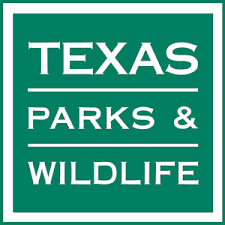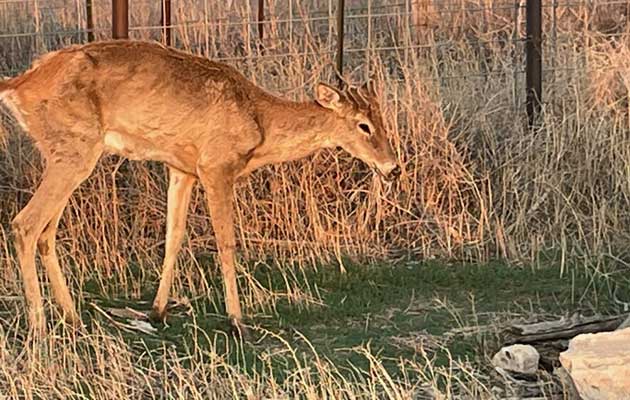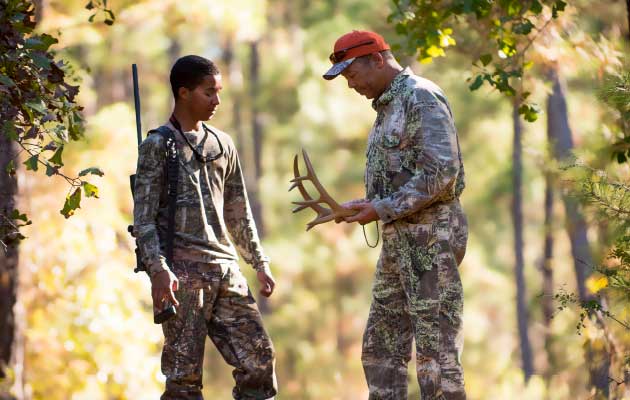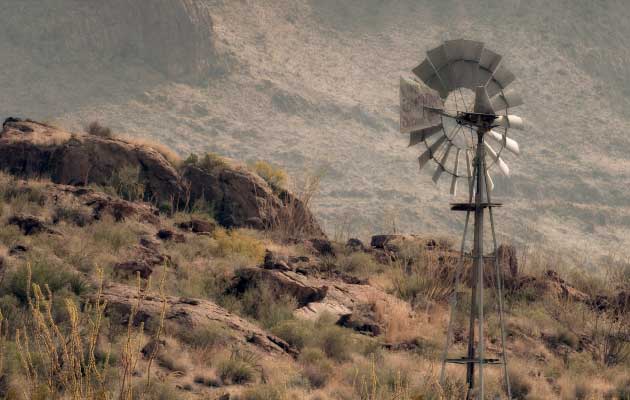
AUSTIN — In response to a positive detection of Chronic Wasting Disease (CWD) in a deer breeding facility, the Texas Parks and Wildlife Department (TPWD) has adopted an emergency rule implementing a new surveillance zone in Kimble County.
Surveillance zones cover areas where the presence of CWD could reasonably be expected, enhancing efforts to monitor and contain disease spread. All harvested deer, elk or CWD-susceptible species within the zone must be brought to a TPWD check station or drop box within 48 hours for testing. Carcass movement restrictions also apply within the surveillance zone.
TPWD will provide a staffed check station and drop boxes in Segovia and a drop box at South Llano River State Park. Please check the Kimble County surveillance zone webpage for the hours staff will be present.
CWD is a fatal neurological disease found in certain cervids including deer, elk, moose and other members of the deer family. This slow, progressive disease may not produce visible signs in susceptible species for several years after infection. As the irreversible disease process continues, animals with CWD may show changes in behavior and appearance. Clinical signs may include progressive weight loss, stumbling or tremors with a lack of coordination, loss of appetite, teeth grinding, abnormal head posture and/or drooping ears, and excessive thirst, salivation or urination.
Visit TPWD’s recently updated CWD page to find a map of all CWD zones, check stations and positive case tracking. The site also provides answers to frequently asked questions, videos with information from wildlife veterinarians, best management practices for hunters and landowners, and the latest news about the disease.
What is Chronic Wasting Disease?
Chronic Wasting Disease (CWD) threatens wild and captive deer. This fatal disease is in a family of neurological diseases known as transmissible spongiform encephalopathies (TSE). In Texas, CWD impacts our native white-tailed and mule deer as well as elk and several exotic deer species including red deer, and sika deer. If not managed, CWD can have devastating, long-term impacts on Texas´ beloved white-tailed and mule deer. Visible symptoms often don’t appear until just before death. Learn about your important role in protecting the state’s most popular game animals.
Discovery in Texas
The first case of CWD was discovered in 2012 in a free-ranging mule deer in West Texas and in a captive white-tailed deer in 2015. Hundreds of cases have been confirmed in captive and free-ranging deer since the initial discovery in 2012.
What Do I Need to Do?
The Texas Parks and Wildlife Department (TPWD) asks that all Texans be aware of CWD and help curb the spread. Hunters, deer breeders and landowners are the most important participants.
Identify & Report Sick Deer
If you see a sick deer, report it immediately. CWD is hard to spot and healthy-looking deer could still be infected with the disease. Symptoms can take a year to develop, and they are not noticeable until the final months of the disease.
Hunter Rules, Responsibilities & Information
Testing deer harvests is mandatory in CWD zones and voluntary (but highly encouraged) elsewhere. When you submit your harvest for testing, you help biologists gather data to better understand and manage CWD spread.
CLICK HERE to learn more about Chronic Wasting Disease and MORE.


